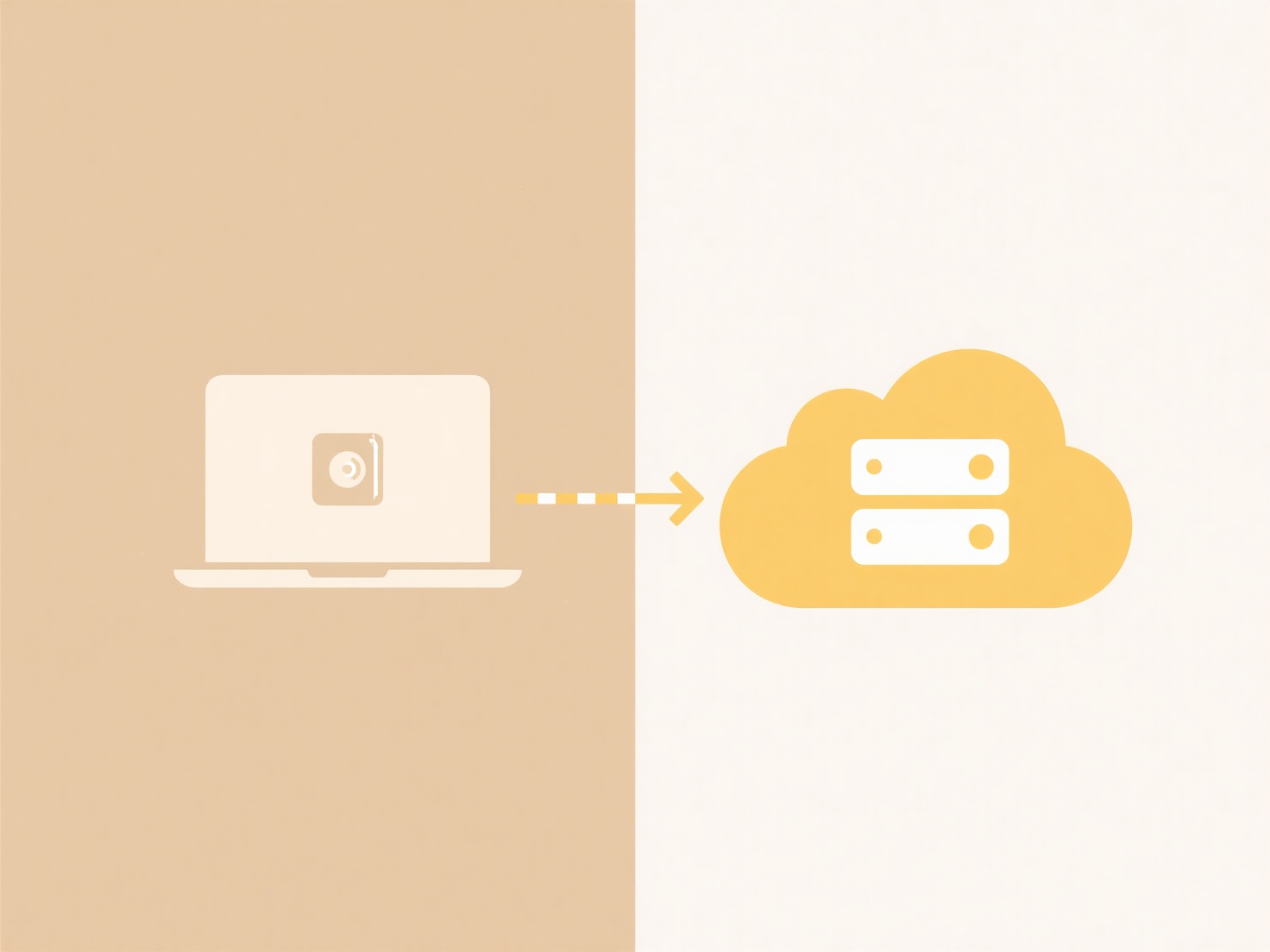
When the owner of shared files leaves a company, access to those files doesn't automatically disappear. The critical factor is how and where the files were shared. While the departing employee's individual account will be disabled or deleted (cutting off their personal access), the files themselves typically reside on company-managed infrastructure like network drives or cloud storage platforms (e.g., SharePoint, Google Drive, OneDrive for Business). File ownership and permissions are distinct concepts; the content usually belongs to the company, not the individual employee. Therefore, IT administrators generally have procedures to transfer ownership to another active employee or group to prevent disruption.

For example, a crucial project proposal stored on a company SharePoint site relies on the owner's account for initial setup. If the owner leaves without a transition plan, others with 'Edit' access might continue working, but full administrative control could be lost. Conversely, an important spreadsheet shared via an employee's personal cloud storage link often becomes inaccessible immediately upon the account being disabled. Standard practice in organizations involves IT departments proactively identifying critical files owned by departing employees during the offboarding process and reassigning control, often guided by company data retention policies.
The main advantage is continuity: properly managed company data remains accessible. A significant limitation is the risk of data loss if crucial files resided solely in an unmanaged personal storage space or proper ownership reassignment wasn't done proactively. This underscores the importance of companies mandating the use of approved, managed platforms for shared work, conducting thorough offboarding audits, and maintaining clear data governance policies. Failure can lead to lost productivity, compromised security, and violation of data retention regulations. Automation in ownership reassignment is a growing development.
What happens to shared files if the owner leaves the company?
When the owner of shared files leaves a company, access to those files doesn't automatically disappear. The critical factor is how and where the files were shared. While the departing employee's individual account will be disabled or deleted (cutting off their personal access), the files themselves typically reside on company-managed infrastructure like network drives or cloud storage platforms (e.g., SharePoint, Google Drive, OneDrive for Business). File ownership and permissions are distinct concepts; the content usually belongs to the company, not the individual employee. Therefore, IT administrators generally have procedures to transfer ownership to another active employee or group to prevent disruption.

For example, a crucial project proposal stored on a company SharePoint site relies on the owner's account for initial setup. If the owner leaves without a transition plan, others with 'Edit' access might continue working, but full administrative control could be lost. Conversely, an important spreadsheet shared via an employee's personal cloud storage link often becomes inaccessible immediately upon the account being disabled. Standard practice in organizations involves IT departments proactively identifying critical files owned by departing employees during the offboarding process and reassigning control, often guided by company data retention policies.
The main advantage is continuity: properly managed company data remains accessible. A significant limitation is the risk of data loss if crucial files resided solely in an unmanaged personal storage space or proper ownership reassignment wasn't done proactively. This underscores the importance of companies mandating the use of approved, managed platforms for shared work, conducting thorough offboarding audits, and maintaining clear data governance policies. Failure can lead to lost productivity, compromised security, and violation of data retention regulations. Automation in ownership reassignment is a growing development.
Quick Article Links
What is a file conflict?
A file conflict occurs when multiple users or systems attempt to change the same file simultaneously, leading to incompa...
How do I name folders for clarity?
Folder naming for clarity means establishing consistent, descriptive conventions to instantly convey a folder's contents...
How to group photos by location or event for easier browsing?
How to group photos by location or event for easier browsing? Grouping photos by location or event helps you find spec...